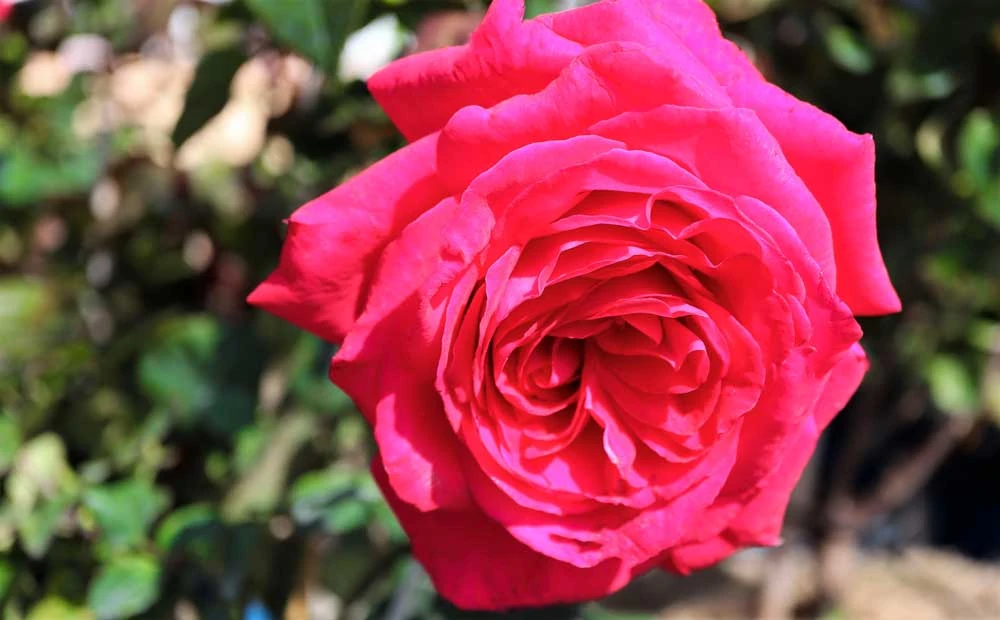by Amanda Rose Newton
February is certainly a high point in the life of a rose. With over 200 million plants sold this month alone, there is no doubt that the rose is the queen of the flowers.
So how exactly did the rose rise to become the powerhouse that it is today? As eluded to in last week’s blog, roses have quite the history, having spent time with Shakespeare, Napoleon Bonaparte, Victorian socialites, Asian royalty, and even mythological goddesses.
Roses have left their mark in literature, fashion, music, medicine, art, religion, perfume, and even food. All facets of the creative world have benefited from the presence of this single flower.
Humble Beginnings of Roses
According to the fossil record, roses have been around 35 million years, and cultivation started about 5,000 years ago in China where they were used mostly for medicine and perfume.
The Middle East became the next rose hot spot during the Roman period, where they were grown to be thrown as beautifully-scented confetti at weddings and parades.
Romans eventually established immense gardens throughout the empire meant for the public to enjoy. With the fall of the empire came the fall of the rose and they took a backseat as tulip fever spread throughout Europe.
A Floral Comeback
The English “war of the roses” brought back the rose with a vengeance, and it has not slowed down since then. In fact, during the seventeenth century, they were in such high demand that rose water became currency!
Josephine Bonaparte (yes, that Bonaparte), was quintessential in the history of the rose as she curated an impressive array of roses at the Bonaparte estate. Later, the famous botanist and illustrator Pierre Joesph Reoute completed his famous and celebrated watercolor illustrations, which are still used as chief examples of cultivar specimens.
A Permanent Place in the World’s Landscape
Cultivated roses as we know them today were introduced into Europe from China in the 18th century. These repeat bloomers were easy to cross, and breeders began crossing them with native varieties for increased hardiness.

Many of our beloved tea roses are the result of these crosses. Victorian-era women were fascinated by a publication on the language of flowers and the rose was prominent as the voice of love, sympathy, friendship, and pride.
Gifting roses became common, with many serving as replacements for modern-day cards. The floral industry carries on this tradition today, with roses still serving as the preferred flower to offer as a gesture to a loved one.
From the sweet-smelling hybrid tea to the long-lasting knockout shrub form, everyone has a favorite rose. Spring marks the arrival of roses at Rockledge Gardens, so be sure to check in to find out when your favorite grandiflora, tea, floribunda, and climbing roses will be making their debut.
For more information on how to choose the best rose for your landscape, check out our blog post here.
Given the complex and intertwined history we have with this flower, it is no wonder it has elevated to the throne it occupies. Next time you gift someone a rose remember it is one flower that truly does speak volumes.


